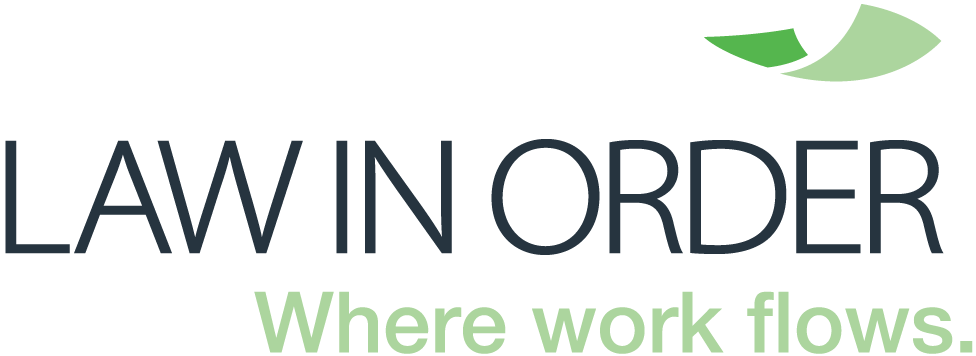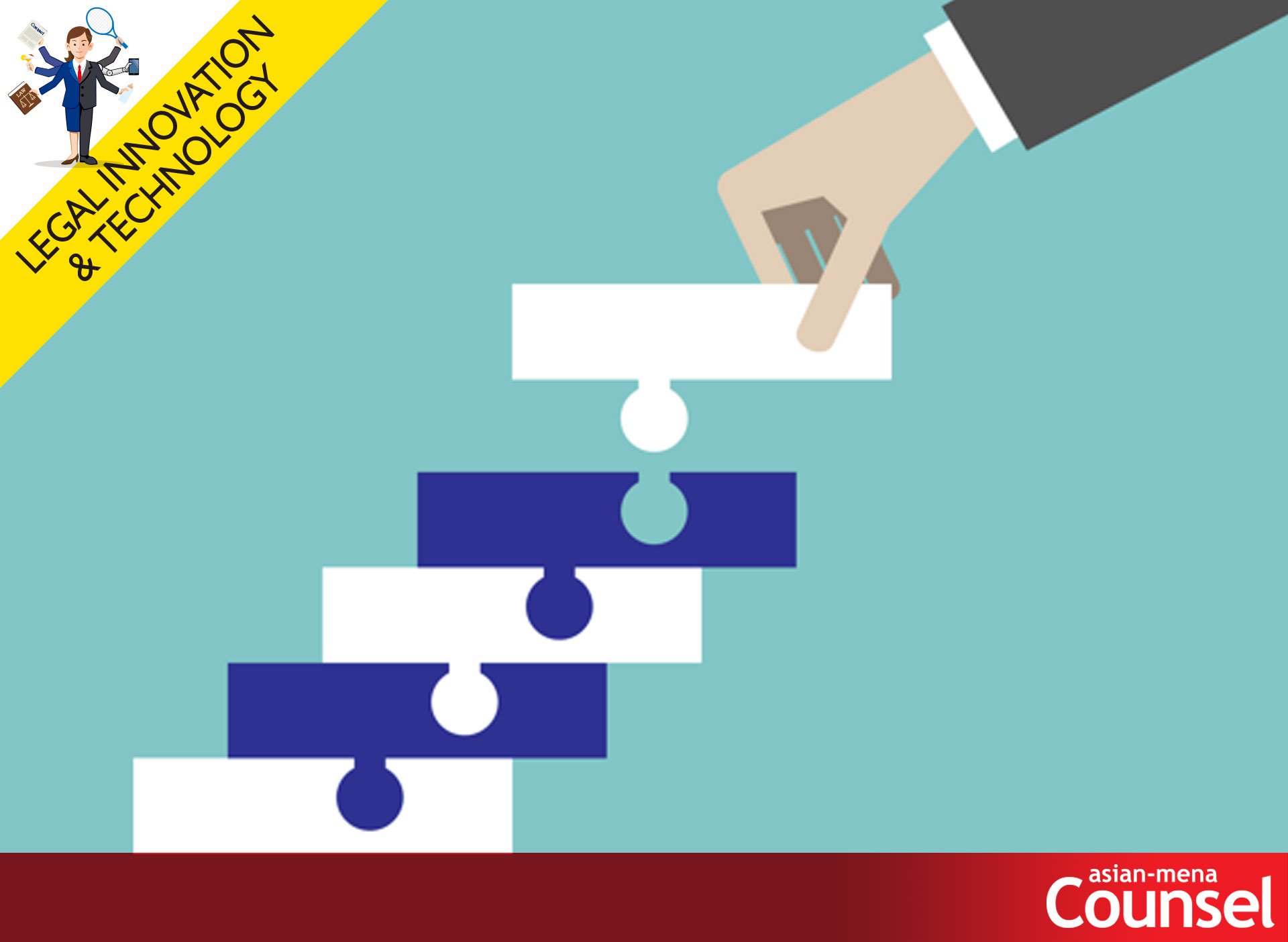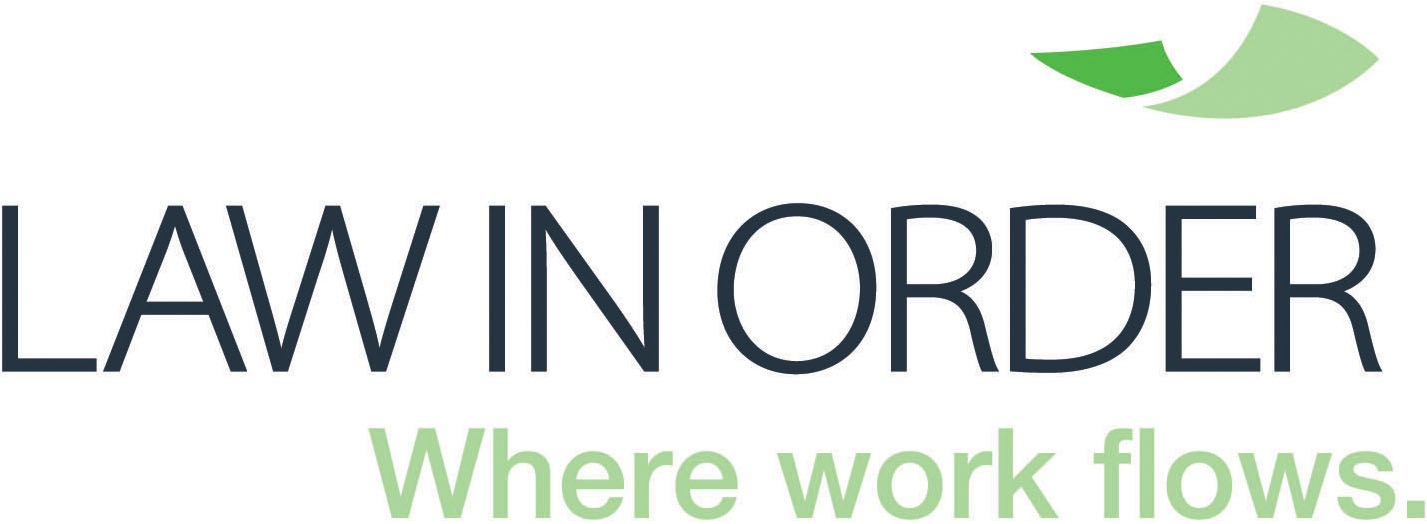 In-house counsel are often called on to manage an internal investigation. How can you effectively plan for and manage these investigations? We explore how electronic discovery (eDiscovery) tools help you mitigate risk and achieve your fact-finding mission.
In-house counsel are often called on to manage an internal investigation. How can you effectively plan for and manage these investigations? We explore how electronic discovery (eDiscovery) tools help you mitigate risk and achieve your fact-finding mission.
Internal investigations may be required for a number of reasons, including a whistleblower complaint for suspicion of fraud or in response to regulator’s request. The objective of any investigation is to assist with fact-finding. You want to gather evidence and strategise your response plan based on the findings.
The Scenario – Fraud Investigation
Your company has received whistleblower allegations for fraud and corruption. You need to manage the internal investigation and form the investigation team. The local regulators have also heard of this wrongdoing and made a regulatory request for information. The board may decide to proceed with litigation if necessary.
Investigation Steps using eDiscovery
At the beginning of the internal investigation, acting quickly and ensuring that no potentially relevant data is destroyed is essential. Scoping your next steps begins with investigation planning.
Investigation Planning
It is important to identify the nature of the fraud and corruption allegation, and plan the investigation accordingly. The investigation will uncover any evidence of the fraud/corruption and helps the board decide on the appropriate action. Whether the investigation is in-house or you are using a third party, such as a law firm or external provider, you need a comprehensive investigation plan. At the initial planning stages, you want to define the issues to be resolved to give all parties clarity.
For the information gathering stage, the sources of data and collection methodologies should be mapped. Identifying key persons and custodians involved in the allegation will help you focus on the right data sources. Important evidence could be found in emails and documents collected from laptops, phones and company servers related to these key persons.
Preliminary steps to take include:
- Removing access to company servers and devices for the suspected wrongdoers
- Suspension of employment
- Alerting your IT Team to monitor for any deletion or copying of data
The question of who should undertake the investigation is also decided at this stage. If a third party provider, ensure there are no conflicts and they are objective and independent. Also, establish clear reporting and escalation lines during your planning.
Evidence Collection
Your next step is to collect the evidence. If the data is located in multiple locations and jurisdictions, you may have to take into account different laws of data privacy, state secret laws and privilege laws.
There is a high risk that relevant data will be deleted or changed by the wrongdoer. It may be appropriate to undertake a full forensic collection instead of a basic collection. Forensic collection meets requirements for evidence in relation to chain-of-custody and authentication. Whichever method you choose, it is important that defensible preservation and collection methods are used so evidence is acceptable in court proceedings should litigation arise.
Confidentially is a major issue when considering collection methodology, particularly when deciding who will review the evidence. Finally, collection parameters and timelines must be carefully set so nothing is missed but time and resources are not wasted.
Using eDiscovery for Review
Your investigation may involve reviewing thousands or tens of thousands of emails and data. Today, there are tools available to cut down on time and costs.
Let us assume that your investigation involves 88GB of email data. Reviewing this using the traditional approach of printing (1.2million pages) and reviewing in hard copy would be challenging. You may struggle to conduct the investigation in time for the board to make decisions and to meet the regulator’s request deadline.
The eDiscovery method uses an online review platform powered with analytics tools. One of the advantages is the ability to conduct an Early Case Assessment (ECA). ECA helps you quickly identify key documents within large datasets so you can focus on critical evidence first and prioritise these for review. ECA provides you with a high-level overview of the data and helps you remove duplicated or irrelevant information.
Investigation Reporting
The investigation report will help you report to all stakeholders in sufficient detail. You can then maintain privilege and make recommendations to the board. In the process, you can examine the root cause of the wrongdoing and consider any lessons learned.
Conclusion
With eDiscovery tools, your internal investigations can be more efficiently and accurately conducted, especially if it involves large data sizes. As companies move into the world of Big Data it is increasingly important to be aware of the investigation options available to select the most appropriate.
E: sales@lawinorder.com
W: www.lawinorder.com.sg
_________________________

3 Phillip Street, #17-01, Royal Group Building, Singapore 048693
T: (65) 6714 6655
F: (65) 6714 6677
E: singapore@lawinorder.com
W: www.lawinorder.com.sg























 Law In Order
Law In Order Julian McGrath
Julian McGrath







